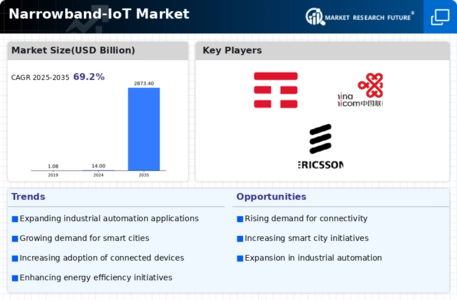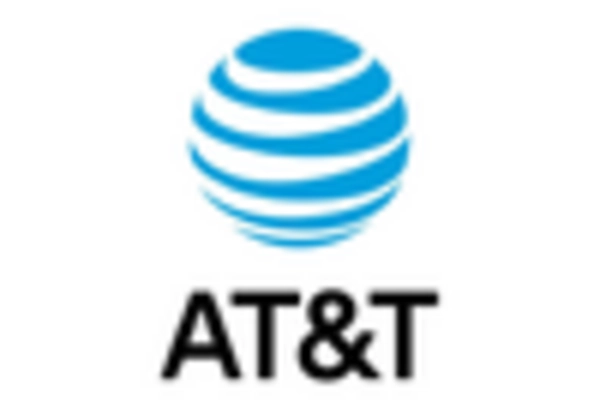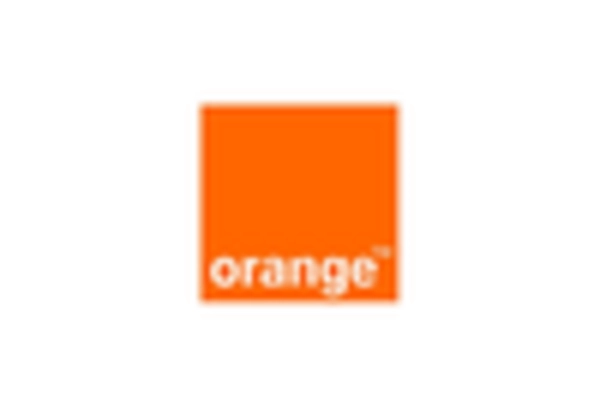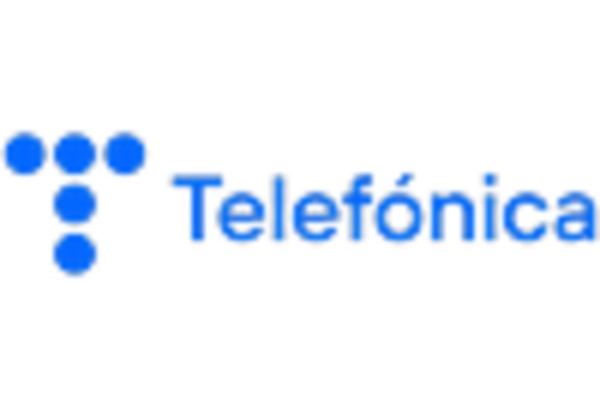Narrowband IoT Market Summary
As per MRFR analysis, the Narrowband-IoT Market Size was estimated at 14.89 USD Billion in 2024. The Narrowband-IoT industry is projected to grow from 25.19 USD Billion in 2025 to 4844.04 USD Billion by 2035, exhibiting a compound annual growth rate (CAGR) of 69.2 during the forecast period 2025 - 2035.
Key Market Trends & Highlights
The Narrowband-IoT market is poised for substantial growth driven by technological advancements and increasing demand for connectivity.
- The demand for smart city solutions is rising, particularly in North America, which remains the largest market for Narrowband-IoT.
- Energy efficiency is becoming a focal point, with significant investments in smart metering technologies leading the segment.
- Asia-Pacific is emerging as the fastest-growing region, driven by rapid urbanization and the need for efficient tracking solutions.
- The growing adoption of IoT devices and regulatory support for IoT technologies are key drivers propelling market expansion.
Market Size & Forecast
| 2024 Market Size | 14.89 (USD Billion) |
| 2035 Market Size | 4844.04 (USD Billion) |
| CAGR (2025 - 2035) | 69.2% |
Major Players
Vodafone Group (GB), AT&T Inc. (US), Telefónica S.A. (ES), Deutsche Telekom AG (DE), China Mobile Ltd. (CN), Orange S.A. (FR), T-Mobile US, Inc. (US), Nokia Corporation (FI), Ericsson (SE)

















Leave a Comment